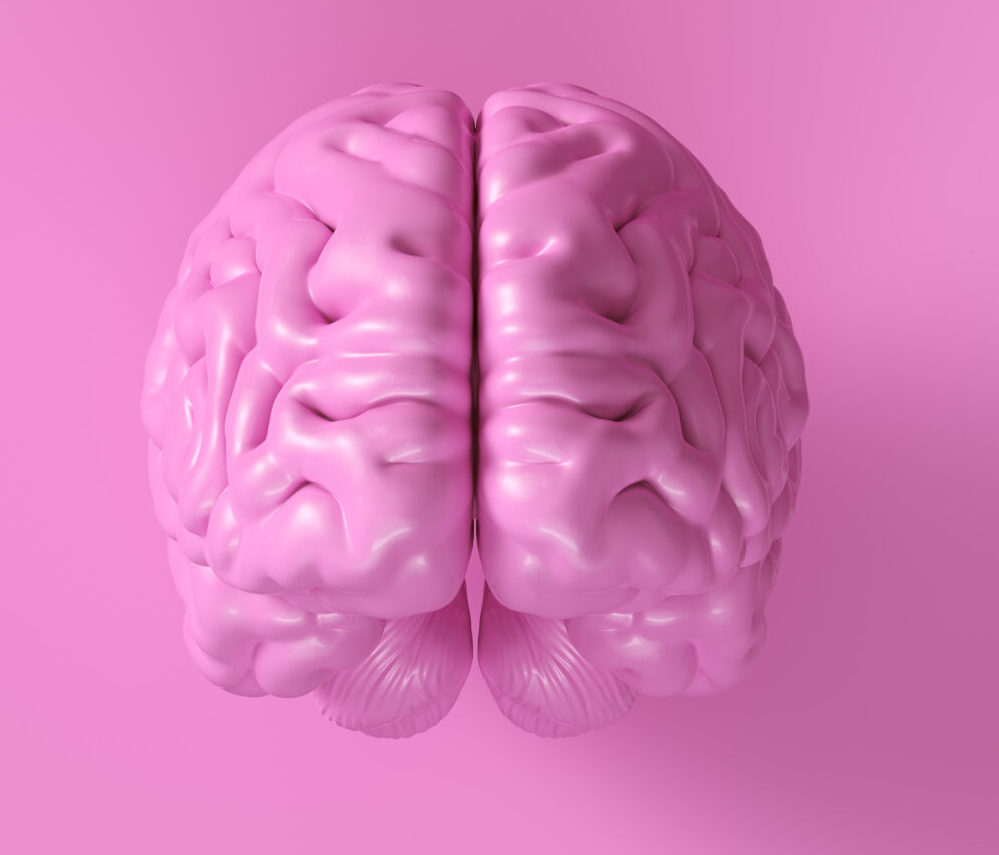Standardizing Neuroimaging Protocols in Dementia Studies
Dementia, including Alzheimer’s disease, affects millions worldwide, posing significant challenges in diagnosis, treatment, and research. Neuroimaging plays a crucial role in understanding and managing dementia by providing insights into brain changes associated with these conditions. However, the complexity and variability in neuroimaging protocols can hinder the reproducibility and generalizability of research findings. Standardizing these protocols is essential for advancing dementia studies and improving patient care.
### Importance of Standardization
Neuroimaging techniques such as MRI and PET are vital tools in dementia research. They help identify biomarkers like amyloid beta plaques and tau protein tangles, which are hallmarks of Alzheimer’s disease. Standardizing how these images are collected and analyzed ensures that results are consistent and reliable across different studies. This consistency is crucial for developing effective treatments and for comparing outcomes in clinical trials.
### Challenges in Standardization
One of the main challenges in standardizing neuroimaging protocols is the lack of uniformity in data collection and analysis methods. Different research centers may use different imaging machines or software, leading to variations in image quality and data interpretation. Additionally, the availability and accessibility of large, high-quality datasets are limited, which can restrict the development of robust and reliable models for dementia diagnosis and research.
### Role of Explainable AI
Explainable Artificial Intelligence (XAI) is emerging as a key tool in neuroimaging for dementia. XAI helps make complex AI models more transparent and understandable, which is essential for clinical applications. Techniques like SHAP, LIME, and Grad-CAM provide insights into how AI models make decisions, enhancing trust in AI-driven diagnostics. By integrating XAI with standardized neuroimaging protocols, researchers can better identify critical biomarkers and track disease progression more accurately.
### Future Directions
Moving forward, collaboration among researchers, clinicians, and industry experts is crucial for advancing standardized neuroimaging protocols. Developing open-source tools and sharing knowledge can facilitate this collaboration. Future research should focus on integrating various neuroimaging techniques, such as MRI, PET, and diffusion tensor imaging, to provide a comprehensive understanding of dementia. Additionally, incorporating genetic data and other biomarkers into neuroimaging analysis can help identify new targets for treatment and improve personalized medicine approaches.
In conclusion, standardizing neuroimaging protocols is a critical step in enhancing the reliability and effectiveness of dementia research. By addressing the challenges and leveraging advancements in AI and imaging technologies, we can improve diagnosis, treatment, and patient outcomes in dementia care.

